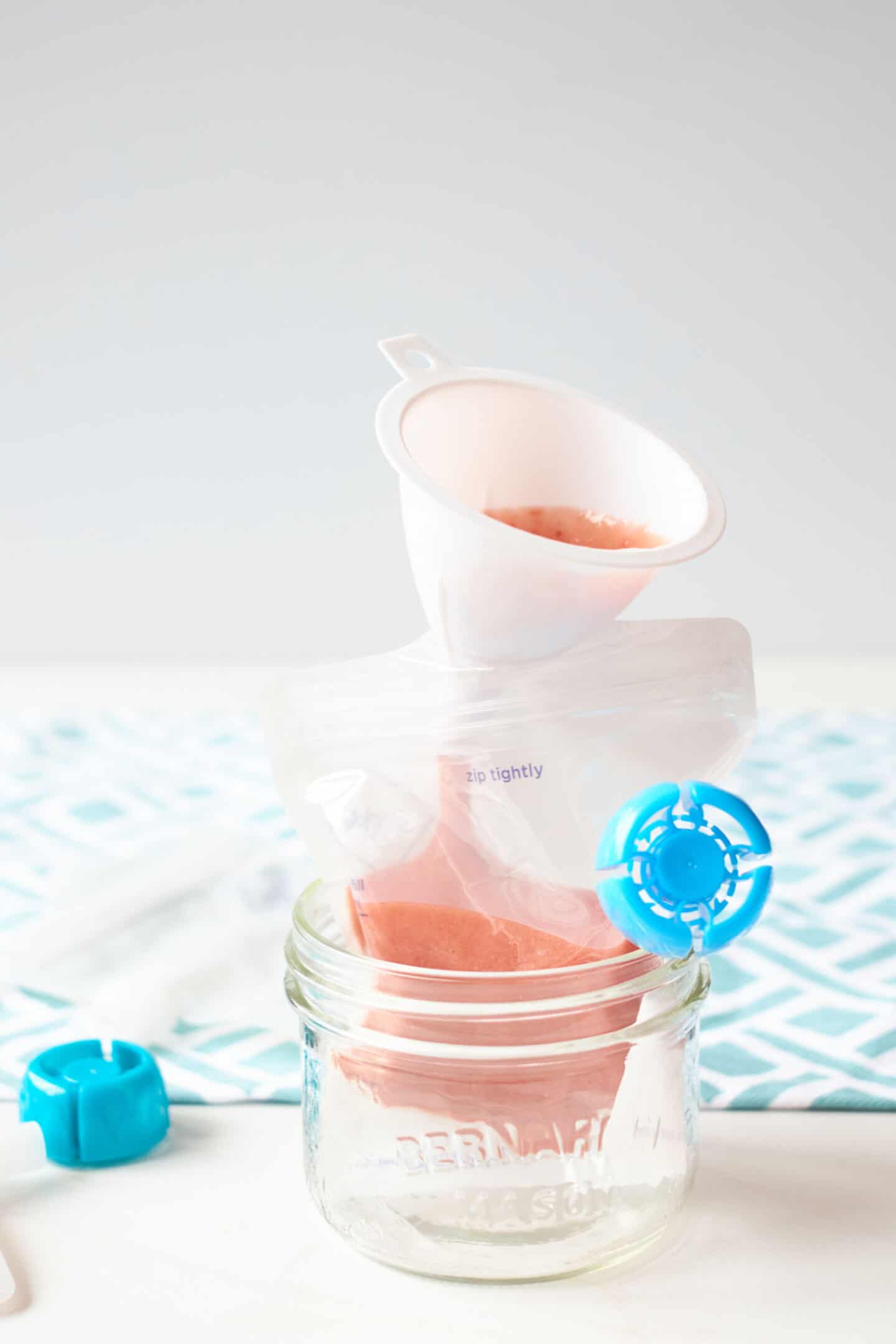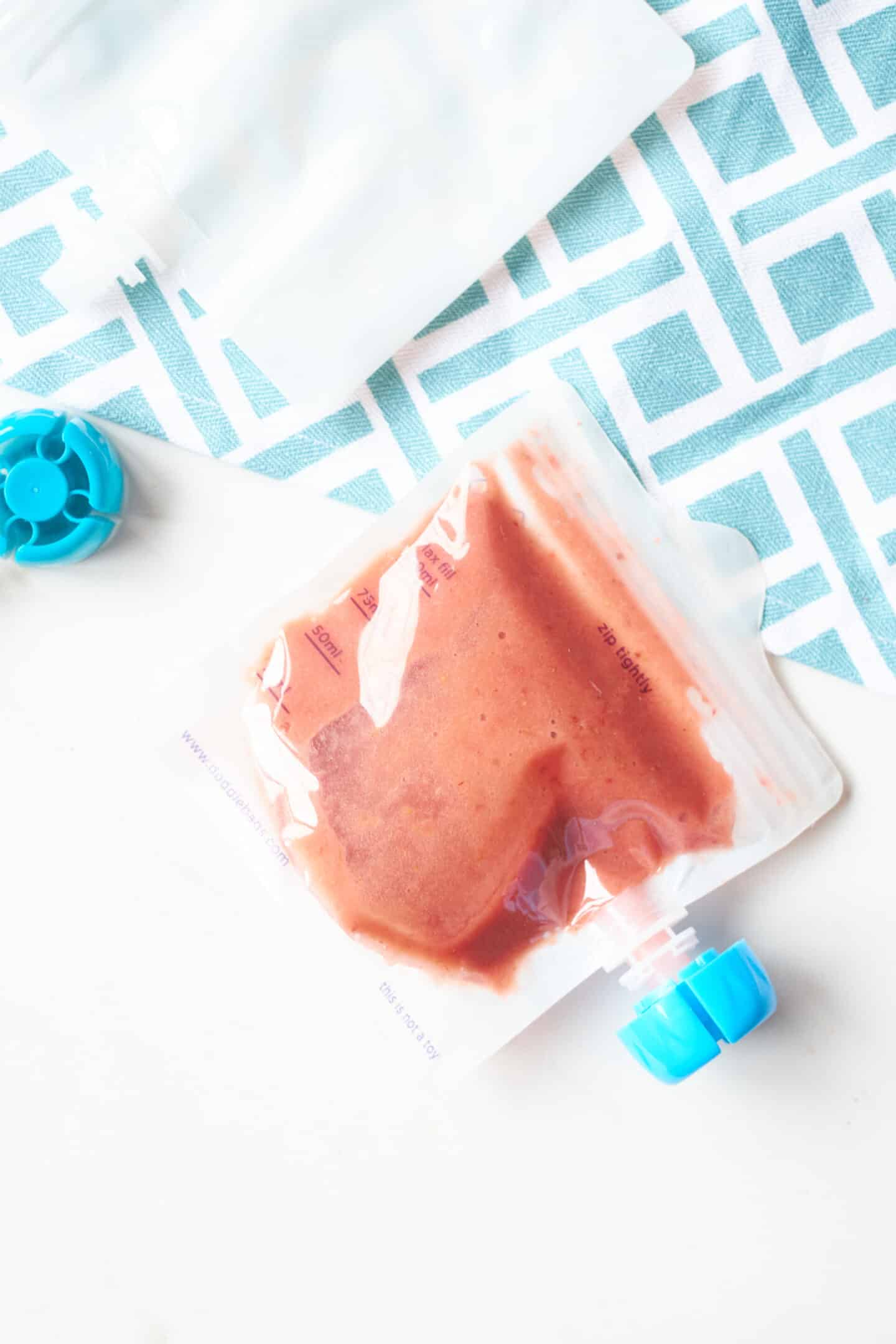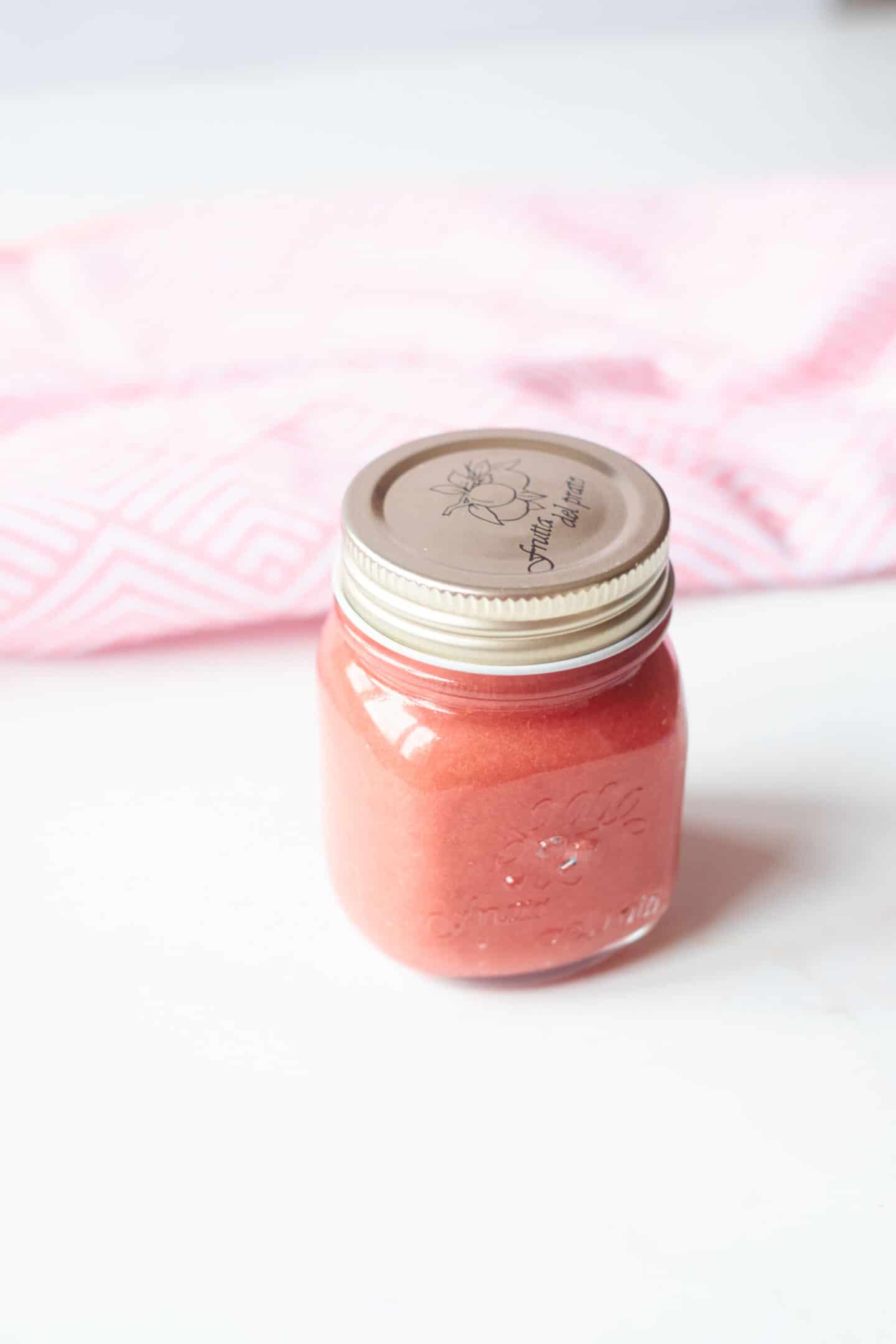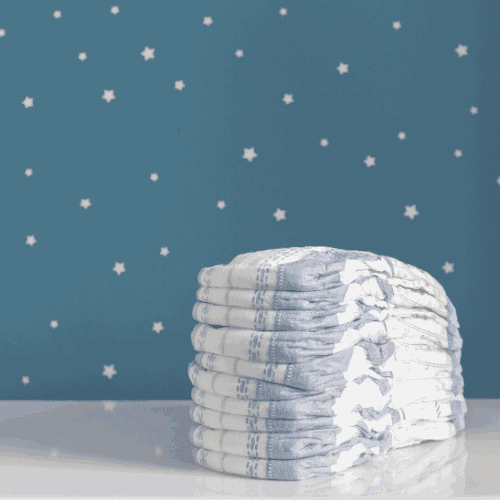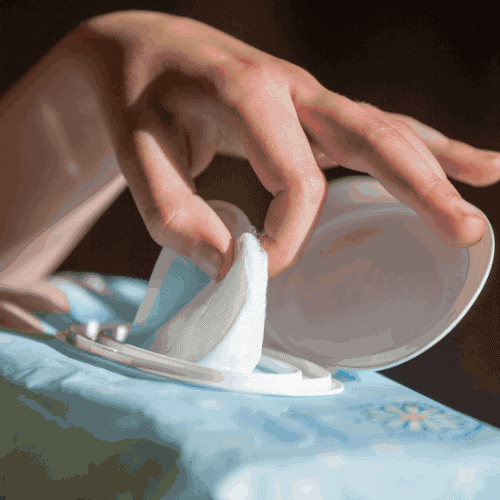
As your baby grows, it’s natural to introduce them to new foods. This is crucial to your baby’s continued growth and health.
Of course, you can’t suddenly stop serving baby food and start serving full meals. Weaning your baby onto solid table food takes time and should be done gradually.
One of the best places to start with introducing new food is with fruit. Sweet, delicious, and healthy, feeding your baby fruit is a great start to a healthy diet.
Strawberries in particular are a favorite fruit of ours, packed with vitamins. They taste great, too!
However, you may have some concerns about feeding your baby fruit, especially fruits like strawberries. Is it safe?
How should you serve the fruit? At what age is it safe to give your baby fruit, and what kind? What about allergies?
We’ll discuss all of these points and more in the following article.
Please note – I am not a certified Dietitian or Nutritionist, this information should not be taken as medical advice and as with all new foods, you should discuss the introduction of new foods with your child’s doctor. please read my disclaimer for more information.

As an Amazon Associate I earn from qualifying purchases. The links below may be affiliate links. Please read my disclosure policy for more information.
Can I Give my Baby Strawberries?
For babies aged between 4-6 months, new foods can start to be introduced at the clearance of your child’s healthcare provider or pediatrician. While you shouldn’t rush this process, this means that your baby is able to start on foods like pureed vegetables and fruits.
These are known as “stage two” foods, and you can try feeding your baby these foods after they’re comfortable with eating single-grain or rice cereals.
Between 6-12 months is a good time to try introducing strawberries into your baby’s diet, with at least 3 days between each potential allergen, like strawberries.
However, it’s recommended that you introduce these foods one at a time.
The risk of your baby having an allergic reaction to something like strawberries is low, but it’s still there.
Aside from possible allergy risks, strawberries can pose a choking hazard to babies and toddlers, whether they’re whole or sliced.
You can get around this problem by pureeing fruit for your baby. Start with basic pureed fruits, then move on to different recipes and combinations.
This is a great way to ease your baby in eating a variety of fruits.
Another danger to be aware of is pesticides. Strawberries are especially notorious for having high concentration of pesticides on their surface.
Always wash your fruit well, and you could even consider buying organic strawberries.
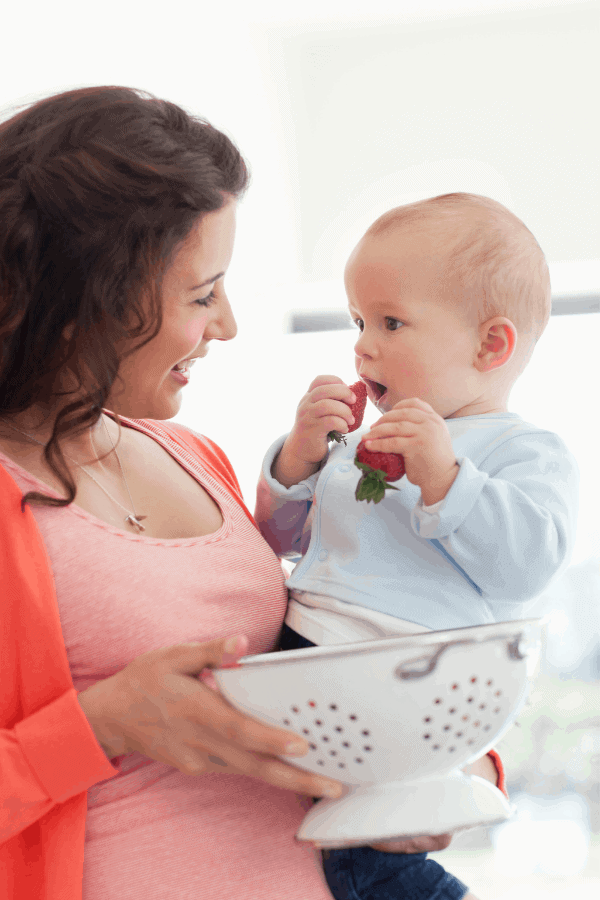
How Do I Introduce Strawberries to my Baby?
Chances are that your baby will be very interested in strawberries.
Small, squishy, brightly colored, and sweet, they’re an attractive treat for most babies and toddlers.
Add that attractiveness to their high nutritional content, and strawberries are a recipe for a perfect snack.
As mentioned earlier, introducing fresh, whole strawberries to your baby may not be the best idea.
Pesticides on the surface of strawberries can be killed by boiling, and pureeing can remove most of the choking hazard that small fruits present.
A great starter recipe for your baby involves eight to ten strawberries, washed, stemmed, and halved, and then popped into a blender. Blend until smooth, then serve!
Once your baby is happily eating strawberries more regularly, you can add other fruits to the puree.
Bananas, blueberries, and melon are very popular, although be sure to add these fruits one at a time, to give your baby a chance to adjust to the new food.
If the idea of making a puree for every meal fills you with dread, don’t worry.
You can make puree in advance and leave it in the fridge until you’re ready to serve it to your baby.
While a refrigerated puree can last up to a week, the recommendations are to leave it for no more than three days.
You might choose to err on the side of caution, or let the puree sit in the fridge for up to five or six days.
If you don’t have a blender, you can mash the strawberries with a fork or a potato masher. However, beware.
You need a smooth puree or mash, and chunks in an otherwise smooth baby food are a choking hazard waiting to happen.
As with any food, you should always supervise your baby while they’re eating.
If your family has a history of food allergies or your baby has had reactions in the past, it might be wise to seek medical advice before introducing a new fruit or vegetable to your baby.
What Fruits can Babies Eat?
It’s important to add new fruits to your baby’s diet gradually. Fruits are an essential part of anyone’s diet, but you can’t simply present a fruit cocktail (pureed or otherwise!) to your baby and hope for the best.
Here are a few top fruits to introduce to your baby first:
• Bananas
• Apples
• Pears
• Kiwi
• Prunes
• Peaches
• Avocado
• Papaya
Pureeing any one of these fruits is a great start to your baby’s introduction to fruit, but bananas are especially popular.
It’s not a good idea to introduce fruits like strawberries to your baby before the age of six months.
Fruits that need to be peeled, like bananas and kiwis, won’t need cooking before you puree them, but fruits like apples and pears certainly will.
In the case of hard fruits like this, they’ll need to be softened up to make a smooth enough puree.
For your baby’s first taste of fruit, apples or bananas are certainly the best bet. While stronger fruits like kiwi and strawberries may be delicious and a firm favorite later, their taste may be too strong for your baby, and can cause some mouth irritation.
Remember, these are more acidic fruits than some of the others.
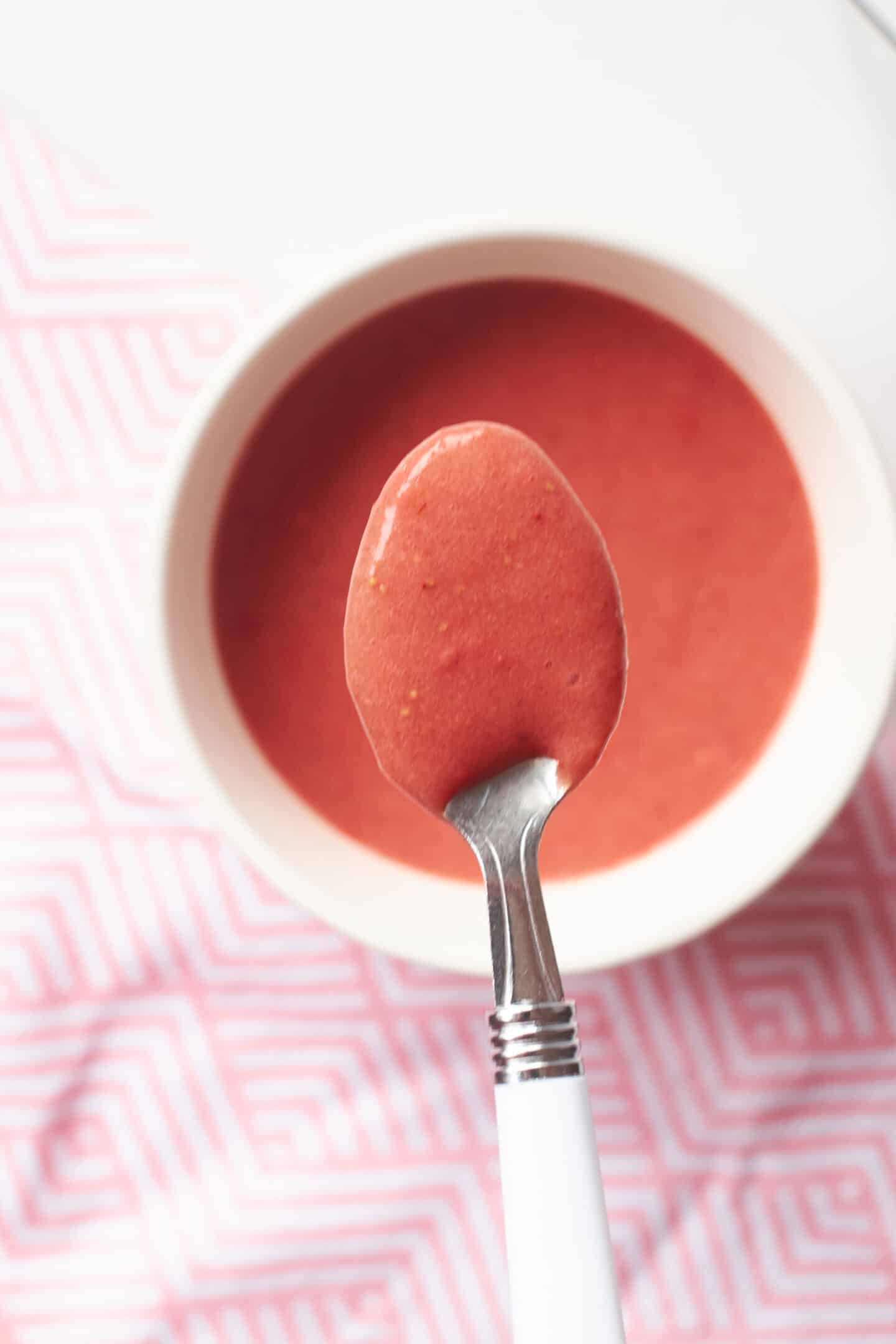
Can I Give my Baby Too Much Fruit?
You can’t get too much of a good thing, right?
Unfortunately, we know that isn’t true. Eating fruit is no exception, especially for babies. Remember, your baby has eaten nothing but milk and perhaps baby food up till now.
Too much fruit can lead to too much vitamin C, which will likely give your baby diarrhea. The recommended guideline is 2-5 servings of fruit a day, but for a baby who’s just starting to expand their diet, this may be unrealistic.
Your baby might not take as enthusiastically to the new food as you hoped, and it may be something of a battle to get your baby to eat their new food!
Another thing to watch out for is tooth rot. Fruit contains sugar, especially pureed fruit. Depending on the age of your baby, they may be developing their first milk teeth.
It’s important to keep their teeth clean, and fruit purees can build up plaque quicker than other foods.
Allergies and Health Risks
We’ve already mentioned that some acidic fruits, like strawberries, kiwis, and some berries, can cause irritation in babies. This irritation is usually localized, appearing around the mouth as a red rash.
While this isn’t great, irritation isn’t the same as an allergic reaction. It may just be that your baby isn’t ready for fruits like strawberries just yet. However, if you’re concerned, seek medical advice.
Previously, it was thought that since strawberries contain a risk of allergic reactions, you shouldn’t introduce the fruit until at least twelve months, possibly more.
However, the risk of allergic reactions isn’t lowered by waiting longer to introduce your baby to a fruit. If allergies run in the family, or your baby has had reactions before, it’s best to consult your doctor before introducing a new fruit.
There is a risk, however low, of your baby having an allergic reaction to strawberries. This is something you’ll need to watch out for when you’re first introducing your baby to new fruits.
Babies are more at risk of developing allergies than adults, so it’s important to keep a close eye on your baby when giving them a food for the first time. Here are some symptoms to watch out for:
• Hives or redness at the point of contact (around the mouth, for instance)
• Tingling or swelling in the mouth or throat
• Nausea and vomiting
• Stomach cramps
• Diarrhea
Since your baby won’t be able to tell you that their mouth is tingling or their stomach is cramping, it’s up to you as the parent to identify the signs and take action.
The reaction may be minor, but it’s important to seek medical advice if your baby shows any of these symptoms after eating a new food. There is a danger of anaphylaxis if you don’t take action.
This can be a terrifying idea. You might wonder if you can keep your baby on milk and baby food for the rest of their lives! However, chances of your baby experiencing a serious allergic are low.
Since allergies are often genetic, if you and your family are allergy-free, chances are, your baby will be too.
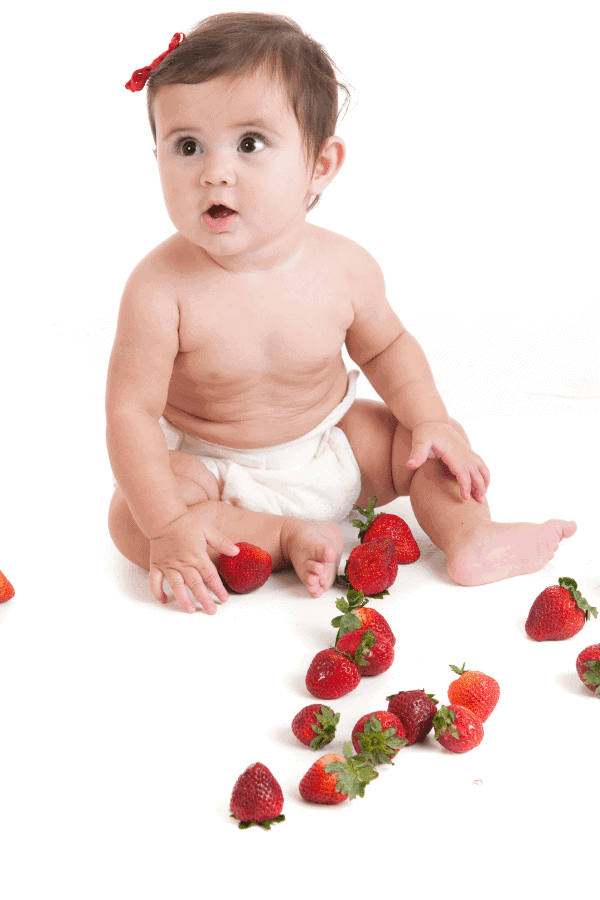
A Healthy Diet is the Best Start in Life
Introducing new foods to your baby might be tricky and nerve-wracking, but the importance of feeding your child a healthy diet cannot be overstated.
At this stage in their lives, a baby is growing and learning the fastest they ever will in their whole lives.
It’s important to provide your baby with the foods and nutrients they need to fuel their development.
As a parent, you can give your child the best possible start in life.
How to make Strawberry Puree
- Prep time: 10 minutes
- Total time: 25 minutes
- Make: About 1.5 cups of puree or about 6 small pouches
Ingredients:
2 cups of sliced strawberries
2 tbsp water
Method:
1. Wash and cut strawberries and place them in a saucepan.
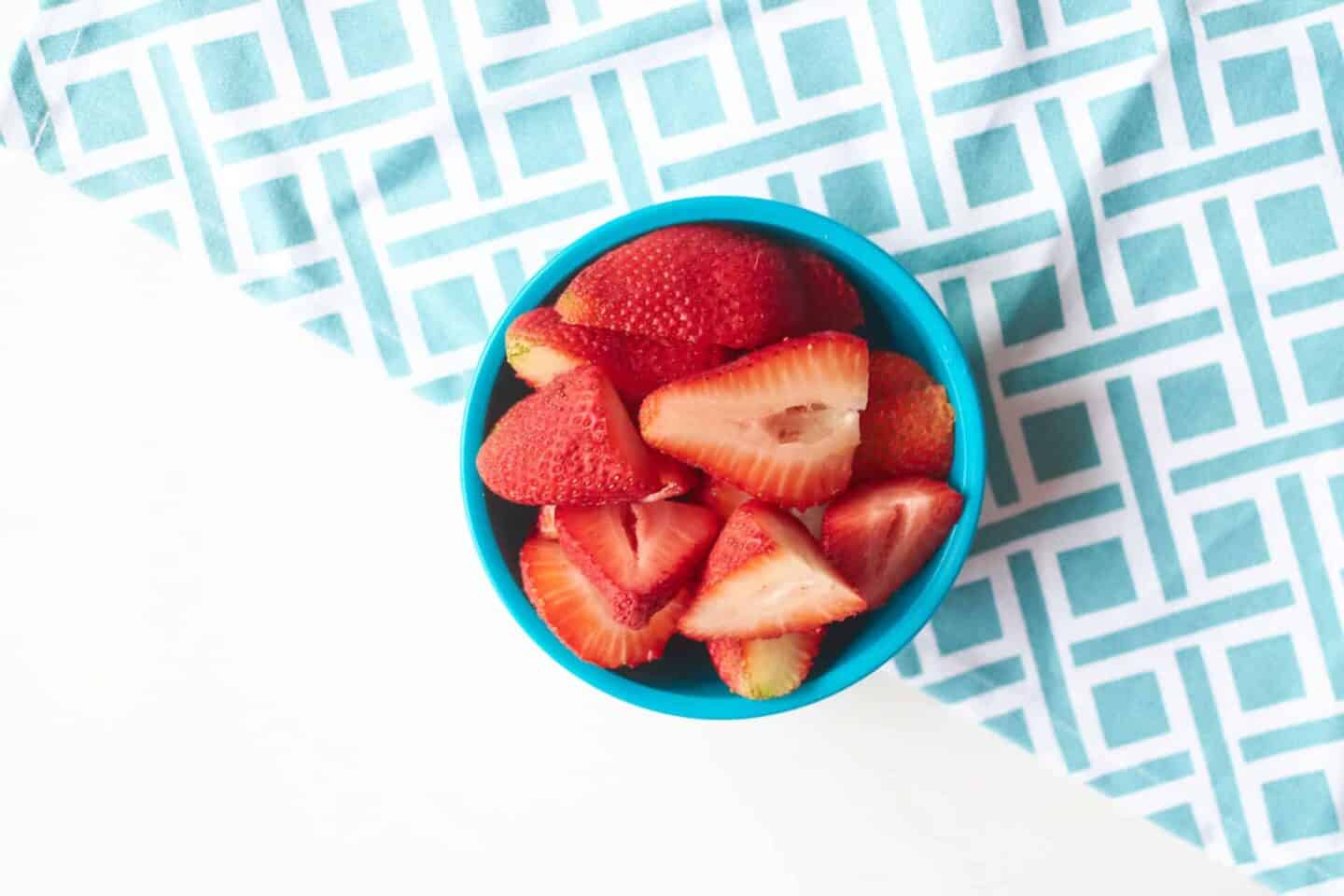
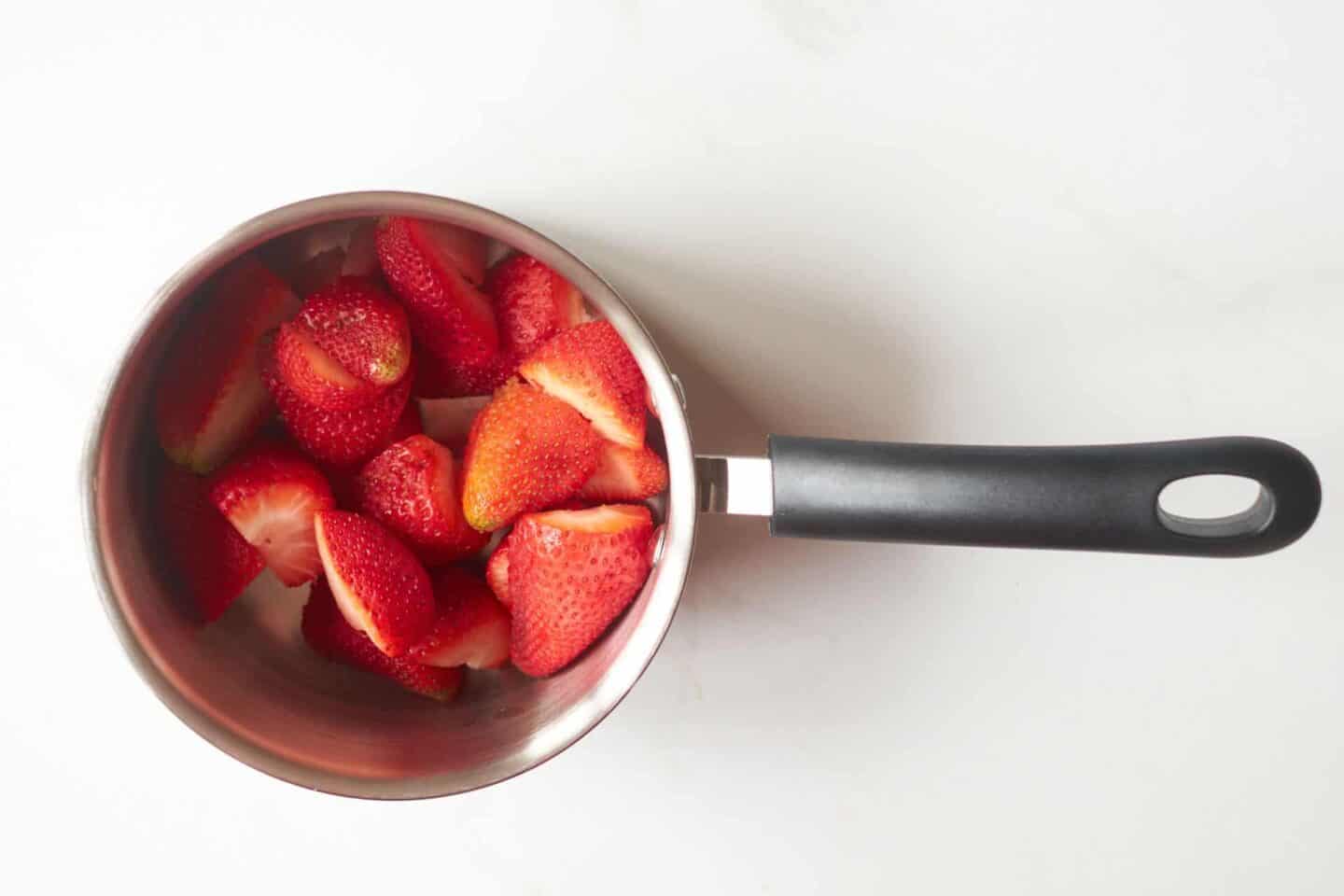
2. Add to 2 tbsp of water and gently bring to a boil and simmer for 10 minutes
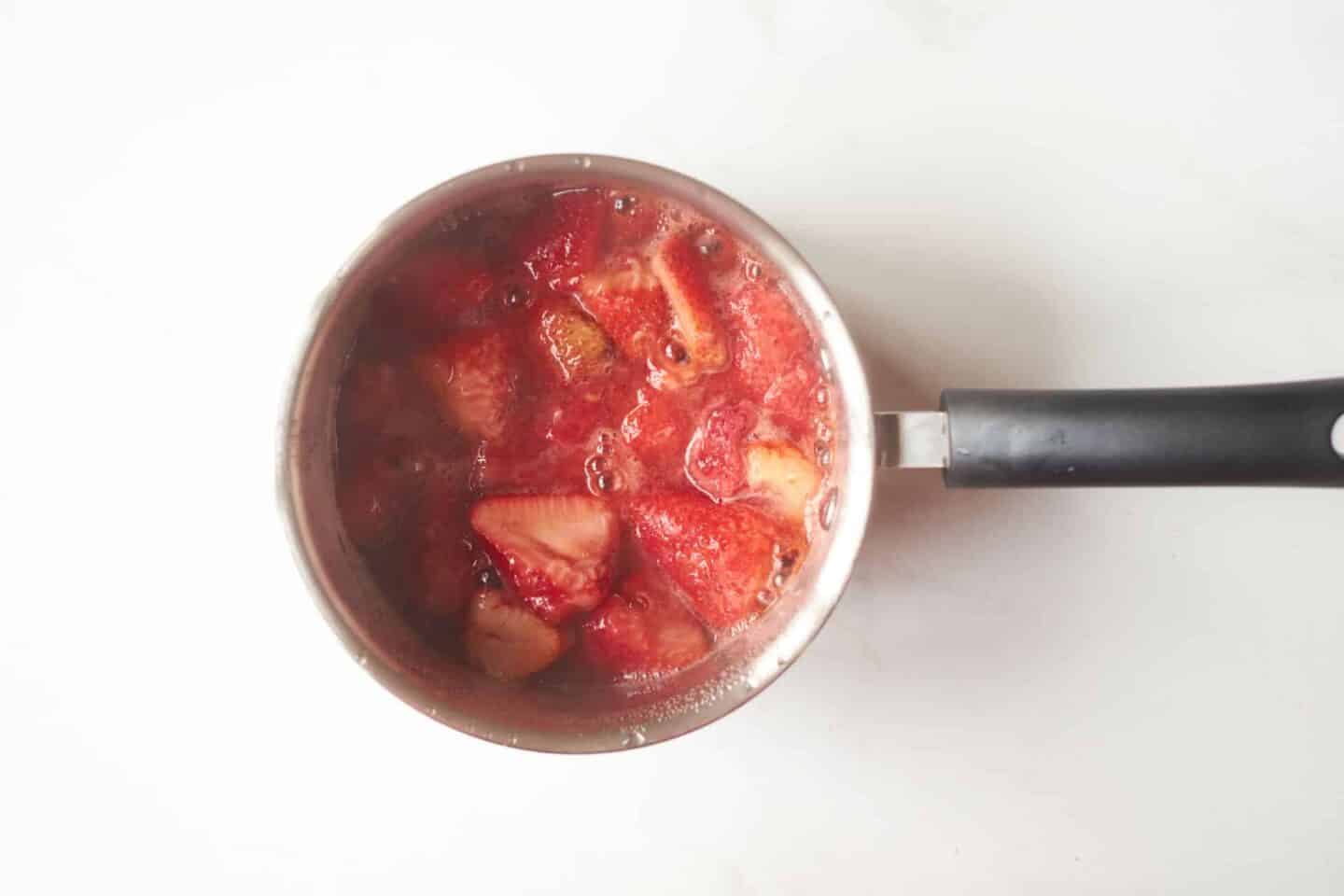
3. Remove from heat and blend in blender until smooth.
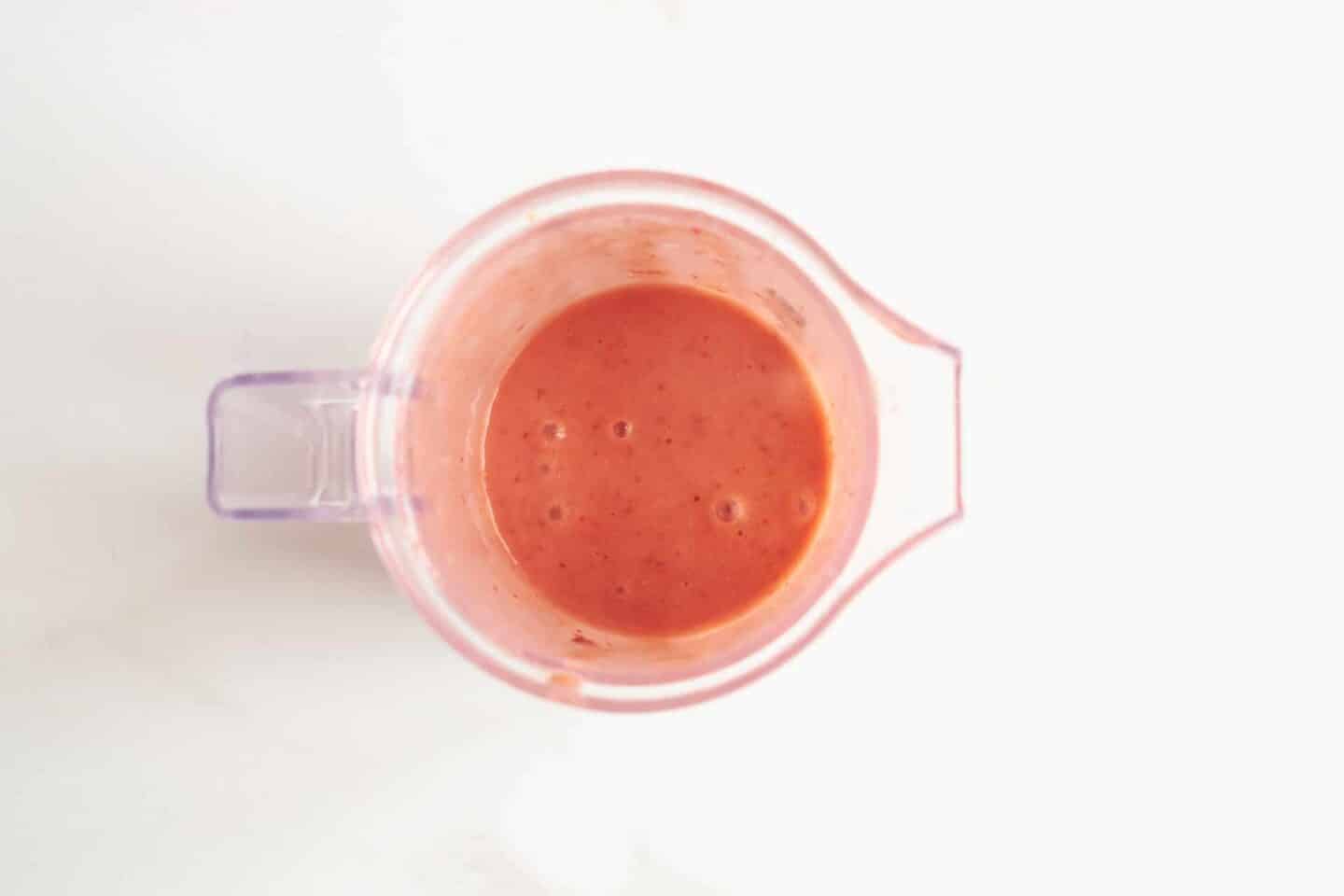
4. Let cool before packaging
The strawberry can be stored in a variety of ways:
